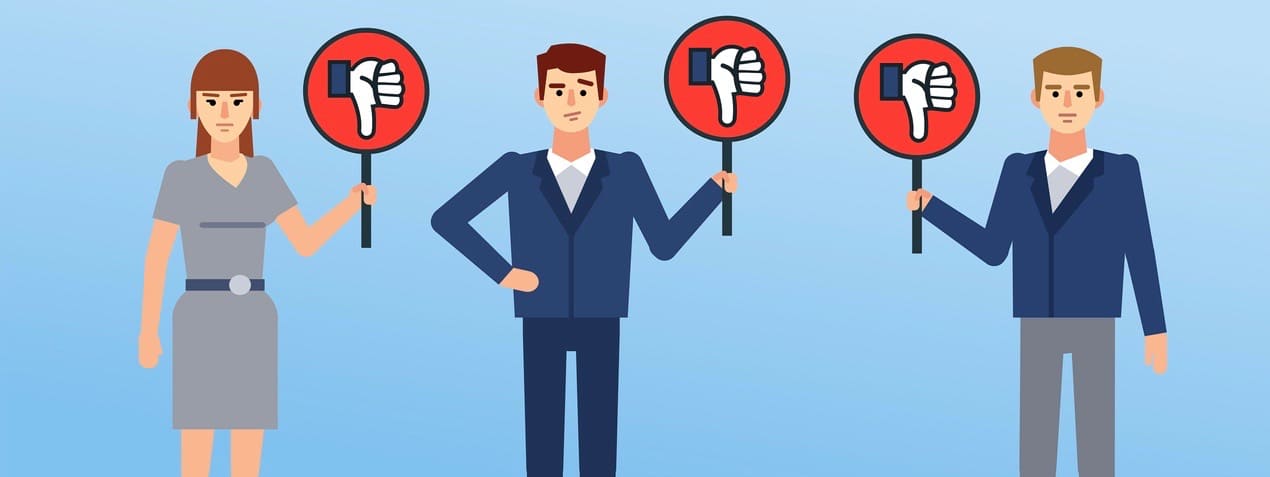You do your best to provide your customers with high-quality products, services, and care. Even with extreme attention to detail and taking the necessary steps to ensure optimal customer experience, there are always going to be customers who aren’t satisfied. A product might not work right, there might have been a delay in shipping, or maybe there was a miscommunication.
When customers are unhappy, you need to address their complaints. Failing to do so can result in customer loss. Not only that, but unhappy customers will tell others, which can cause you to lose potential customers as well. Here are a few tips to help you deal with dissatisfied customers.
Listen carefully without judgment
When a customer has a complaint, you need to listen carefully. Put your emotions aside. Even if the customer is irate and screaming, you need to remain calm and level-headed. Responding angrily (or passive-aggressively) will likely only make the customer more upset.
Not all complaints are verbal. Some customers may reach out to you through email. Using sentiment analysis can help you to identify upset customers and take action more quickly. You should also pay attention to complaints on review sites as well as complaints made on social media.
Listen carefully to all complaints, whether verbal or written. This can help you to understand the problem and detect possible patterns. With a better understanding of the issue, you can offer a more helpful solution as well as develop plans that can help you to avoid similar complaints in the future.
Apologize and offer to help
Whether your business made a mistake, the product was faulty, or your customer just generally had a bad experience, apologize. An apology shows your customer that you acknowledge their feelings (no matter who is at fault for the issue). It can also trigger an instinct to forgive.
Don’t just stop with an apology, though. Thank the customer for their feedback. Then, let your customer know that you want to make the issue right. Offer to find a solution that will fix the problem.
Find a solution to the problem
No matter if the issue is simple or complex, finding a solution is vital. Whether it’s replacing a faulty product, providing a refund, or something else, working with your upset customer to find a suitable solution is a must. Leaving the issue unresolved could mean that you lose that customer. That customer may then go tell his or her friends and family about their experience, which could then hurt your business and cause you to lose what could have been new customers. Instead, you want the customer to talk about how you handled their issues and did your best to make them right.
To help find a solution, you need to ask questions. Open-ended questions can help you to learn information about the customer that you can more easily connect with. These types of questions can also get the customer to provide more information about their complaint, which can then help you to get to the root of the problem.
Follow up to make sure the customer is happy
Even after you have handled the complaint and offered a solution that your customer is agreeable to, you need to follow up. Many businesses miss this crucial step, which can make a huge difference in how the customer perceives your business.
Following up can be in the form of an email or by asking the customer to fill out a survey about their overall experience. By following up, you show the customer that you truly care about them and not just their money. You can then take it one step further by sending a handwritten note to the customer or by providing an early access look into what you have coming.
How you deal with customer complaints matters and can completely change the experience. Address the issue quickly and work with the customer to come to a satisfactory agreement. Fixing problems can help you to retain customers and boost your reputation as a business.







